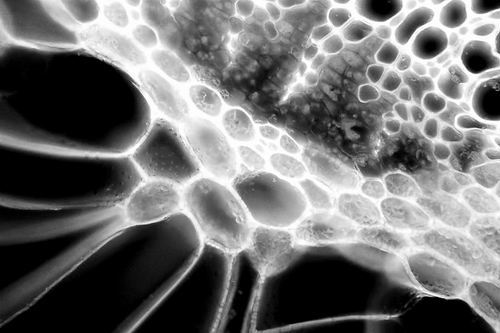
The world of plants and home electronics usually does not overlap. But a new device that combines electronics and biology is a major step toward a world where plants and computers are increasingly intertwined.
The breakthrough came from a laboratory in southern Sweden. Magnus Berggren, an organic electronics expert at the University of Lin Xueping, led the team to create a working electronic circuit by filling the veins of ordinary garden roses with conductive polymers.
It has been known that living tissue can conduct electricity - living myxomycetes have "entered" the field of electronic equipment, and plants are no exception. The proposals the scientists envision include fuel cells powered by photosynthesis and crops that monitor their own physiological characteristics.
However, Berggren's team first had to determine whether it was possible to weave electronic circuits into the veins of plants. They tried to find a suitable conductive material. It must be water-soluble, have good electrical conductivity, and be able to pass through the plant's microtubule system to form wires. Many of the materials the researchers tried eventually proved to be toxic to roses, blocking or failing to adhere to the inner surface of the veins, the xylem, at the beginning of the petiole.
Finally, they found polyethylene dioxothiophene (PEDOT), a classic conducting polymer used in traditional electronic products. The researchers dipped garden roses with their roots and leaves removed in PEDOT solution. Over the course of a few days, the polymer is absorbed by the xylem network of the plant and then solidified as a colloid. When they peeled off the skin and tissue at the bottom of the stem, the researchers could see the long, thin, black wire winding through the rose.
The team used wooden wires to make transistors - the basic building blocks of computers and electronics. They "pin" the gold electrode and probe along the length of the rose, then connect it to an external resistor and apply current.
In another experiment, the researchers poured PEDOT into rose leaves and forced the polymer into the pores using a basic pressure chamber. When they applied current to the leaves, they found that there was a slight change in the color of the leaves, which was in response to the voltage.

